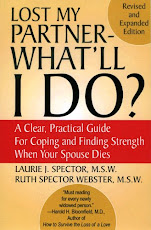
She goes on to describe the required stages of mourning for women:
“Second mourning, a period of nine months,” the author continues, “Allowed for minor ornamentation by implementing fabric trim and mourning jewelry. The main dress was still made from a lusterless cloth. The veil was lifted and worn back over the head. Elderly widows frequently remained in mourning for the rest of their lives.
Half mourning lasted from three to six months and was represented by more elaborate fabrics used as trim. Gradually easing back into color was expected coming out of half mourning. All manner of jewelry could be worn.”
“The standard mourning time for a widower, “ the author points out, “Was two years but it was up to his discretion when to end his single stage. Men could go about their daily lives and continue to work. Typically young unmarried men stayed in mourning for as long as the women in the household did. “

No comments:
Post a Comment